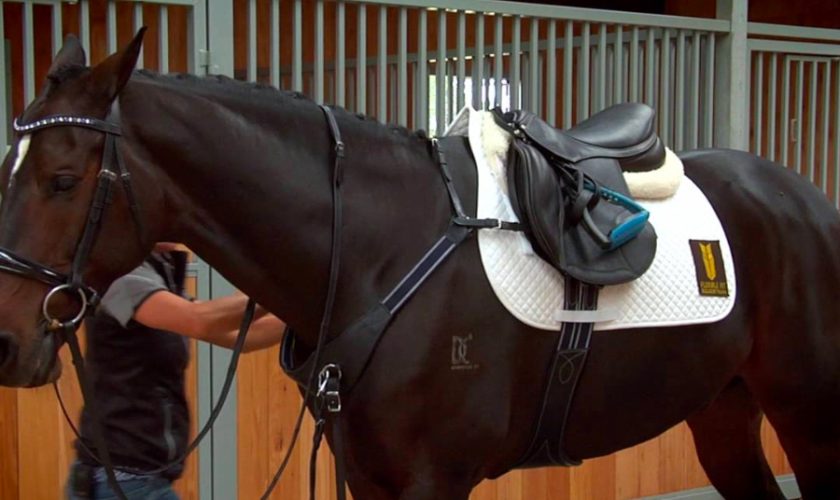One of the most important pieces of equipment for horseback riders is the breastplate, also known as a martingale. A breastplate is a strap or harness that fits over a horse’s chest and holds its saddle firmly in place. It prevents the saddle from sliding backward and helps to keep the rider secure in their seat. If you’re an avid horseback rider, then it’s essential that you understand why these devices are important and what different types of breastplates are available.
Types of Horse Breastplates
There are two main types of horse breastplates: running and standing. Running breastplates attach to the girth straps on both sides of the saddle, while standing breastplates attach directly to the stirrups. Both types offer benefits in different situations—running breastplates are great for keeping your saddle in place during vigorous activity like jumping or galloping, while standing breastplates can provide more stability when mounted at a standstill.
When choosing a type of breastplate for your horse, it’s important to consider what type of riding you will be doing with them. For instance, if you mostly ride your horse at a standstill or at low speeds, then a standing breastplate may be better suited for your needs. On the other hand, if you plan on taking part in more strenuous activities like jumping or cross-country riding, then investing in a running breastplate may be more beneficial.
Benefits of Horse Breastplates
The primary benefit of using a horse breastplate is that it helps keep your saddle firmly in place and prevents it from sliding back during vigorous activity. This ensures that you remain comfortably seated atop your mount even when moving quickly or making sharp turns. Additionally, if you use a running breastplate with girth straps on both sides of the saddle, it can help distribute weight evenly across your horse’s body which can reduce strain on their muscles and help alleviate any discomfort they may experience during exercise. Finally, having an additional set of straps around your horse’s chest can provide extra security for both you and your mount—in case one strap accidentally becomes undone during riding, there is always another one ready to take its place!
Investing in quality horse breastplates can offer several benefits for both experienced and novice riders alike. Not only do they ensure extra stability during rigorous activity by preventing saddles from slipping back but they also help distribute weight evenly across horses’ bodies which can reduce strain on their muscles over time and make riding more comfortable overall! Whether you choose to invest in running or standing style depends largely on what type of riding activities you will be engaging with but either way having an extra layer of protection between yourself and your mount will always be beneficial!

